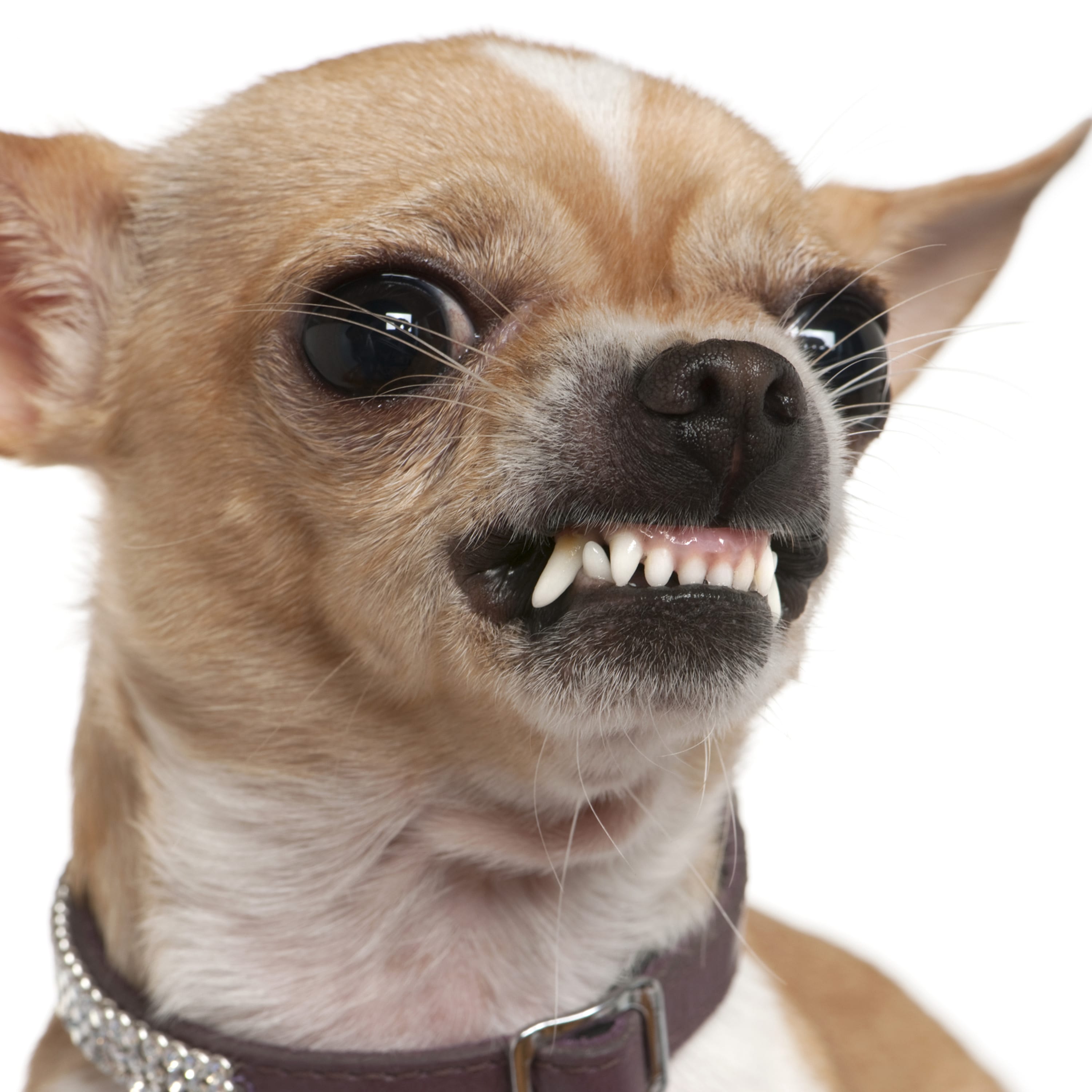When a dog chooses to guard an item in his possession, by using his body language and perhaps his teeth to keep others at bay, he is resource guarding, a type of aggression with potentially dangerous consequences.
I have worked with many resource guarding dogs over the years. Most will guard food or treats, some will guard empty food bowls or locations where food is frequently offered, a few will guard their people, and occasionally a dog will guard random objects.
It is imperative that dog owners get help from a canine behavior counselor qualified to handle aggression-when-guarding behavior is present, due to the possibility of the dog biting someone. Although it is a treatable behavior, it should not be attempted without the supervision of a professional.
Like all behavior problems, it is important to treat the real issue, rather than the symptoms. A dog that freezes over a rawhide, stops chewing when you approach, gives a hard-eye stare, tries to move the item out of your reach, growls, lunges or snaps is clearly telling you that he doesn’t want you near his object, and these are all symptoms of the underlying cause — resource guarding.
A dangerous way to deal with this problem is to attempt to correct or punish the symptoms when they appear. This may seem like the most logical route to the dog owner: If the dog growls or snarls, punish the dog and take the item away. But this is actually the worst possible course of action. Dogs that have been punished when behaving in this manner will often suppress some of the outward signs of resource guarding, but it doesn’t solve the problem. In fact, it makes the dog more unpredictable, as he learns to skip the eye stare or the growling because he’s been punished for those things, and instead goes from zero to bite, making him much more dangerous.
From the dog’s perspective, resource guarding is a clear way of defining to other family members that they are to leave his items alone; perfectly natural among a family of dogs, but clearly undesirable behavior when living with humans. The dog resents anyone coming near him or his item for fear of losing it, and when we go in and take the item away, we justify the dog’s concerns. Over time the dog learns to get better prepared for a fight when we approach.

